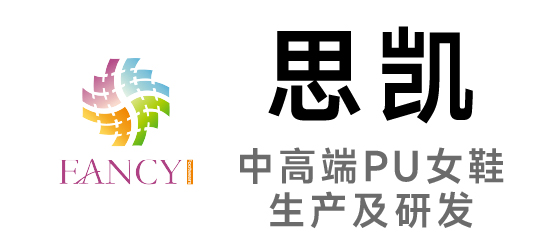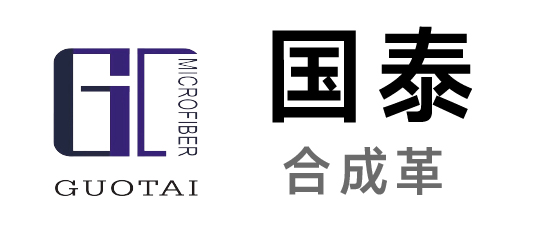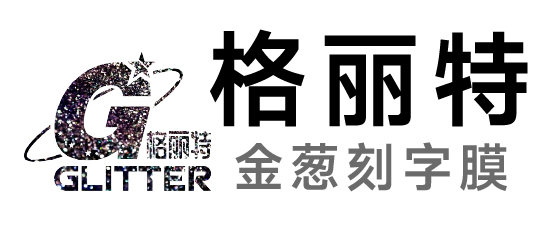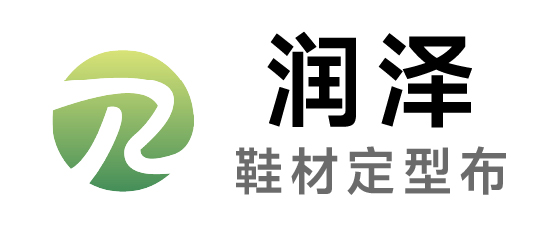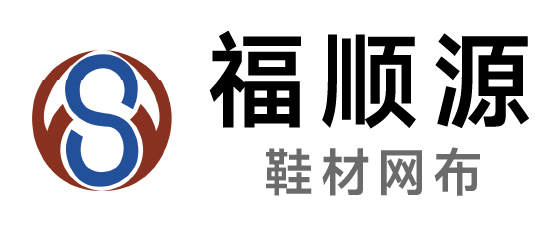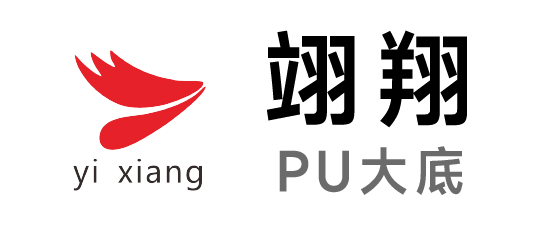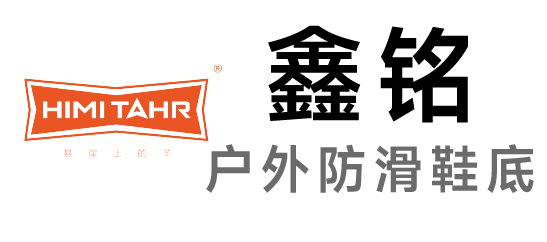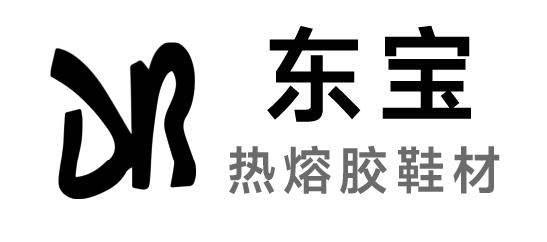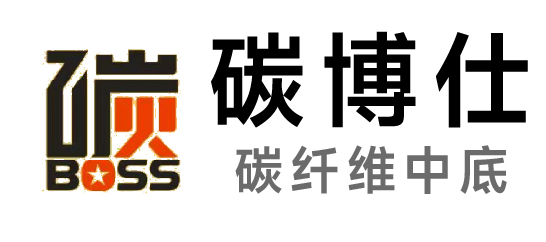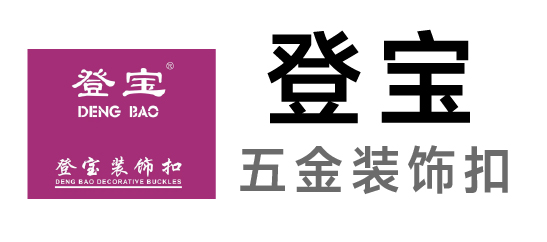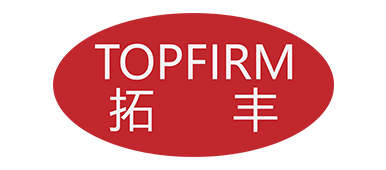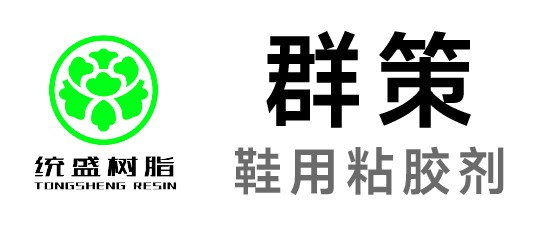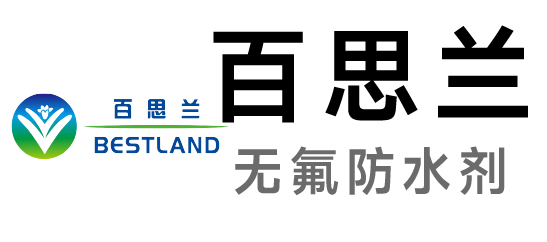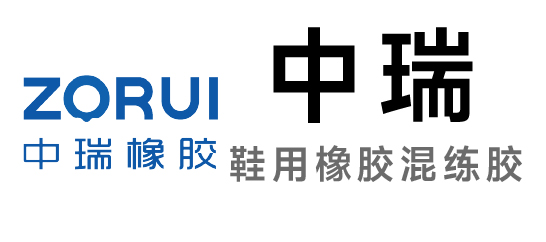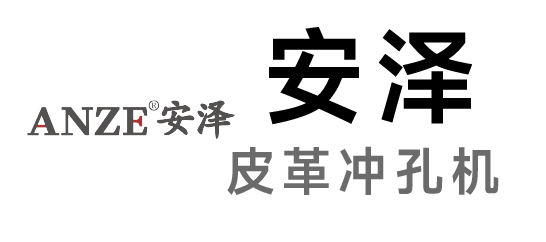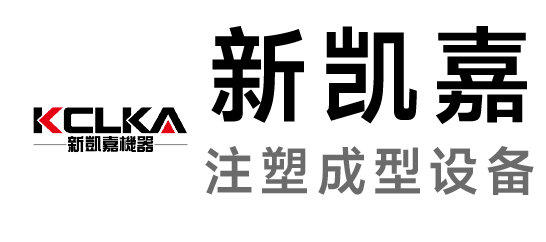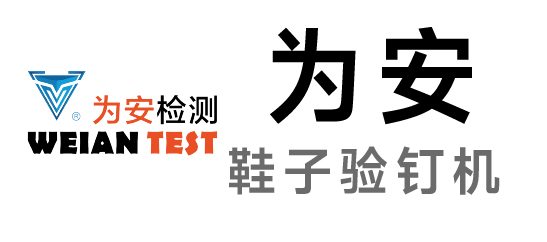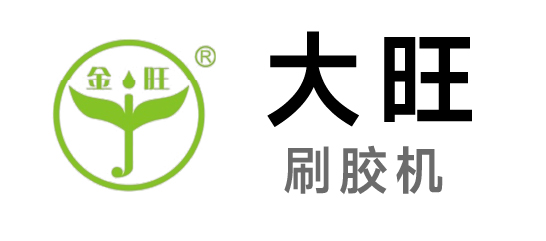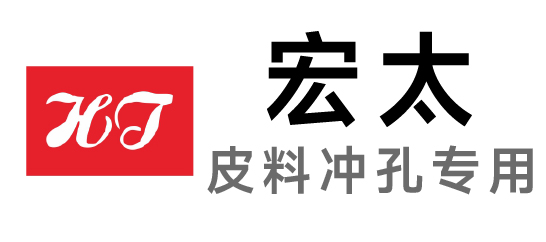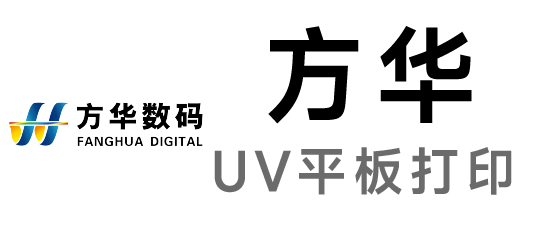MPR Sports Shoes Outsole
2011-01-20 信息来源: 东莞远隆皮料市场
Millable polyurethane rubber,MPR) is by a combination of multiple polyester and polyether polyols and chain Extender and made of a variety of isocyanates, they are increasingly applied in industrial manufacturing, and some of its characteristics is ideal for sports shoes outsole.
MPR can be in standard rubber processing machine equipment, mechanical strength and abrasion resistance and in some there are high requirements it can also be used in industrial applications. Like all of polyurethane elastomer, which is based on the 3 ingredients: polyol, isocyanate and chain Extender II. Polyhydroxy compounds can be poly Aden-based two-amide or poly-n-sour. Isocyanates can come from a variety of sweet or fatty mass substances and chain Extender can be single, Ding Er alcohol and allyl ether and ethylene glycol esters of glycerol combined, TRIS hydroxy methyl-propane-allyl ether or even water. Made from excess diisocyanate cast polyurethane prepolymer is very different: polyurethane rubbers are made of chemical measure less than two isocyanate made. Therefore, in order to make them fully functional, they require further Crossjoin or vulcanization. This process through sulfur, sulphide pod, or close of isocyanates. These sounds are very complex, let us take a look at how polyurethane rubber soles in movement and why you want it to do sport shoes outsole.
MPR comparing with other polyurethane artificial rubber
Cast polyurethane prepolymer is by including polyhydroxy compounds and a large number of isocyanate reactions made, this is done to ensure that they are in the process of liquid. In order to achieve equal amounts of chemistry, and then mixed them with increased chain. Relative to the number OH and chain Extender polyhydroxy compounds, thermoplastic polyurethane is often a slight excess of isocyanates (NCO) manufactured in one step. MPR is made from chemical measure enough of isocyanates, which is designed to make them easy to mix. This is the reason why does it need to be further combined or curing, like sulphur, peroxide and other reagents are used, puts them in a two-roller mixer, to produce a strong chemical bonds in polymer chains.
PUR Features
Although all of polyurethane rubber has excellent mechanical strength and chemical resistance, it is important to carefully select the appropriate level of aggregation to match the processing equipment and industrial application of the final. In General, the ether compounds provide excellent hydrolysis resistance, heat resistance is poor and ester compounds show high oil resistance.
Curing of molecular chain induced by cross-combination will have a similar network of Vulcanized rubber other structures. In fact, when compared with other polyurethane elastomers, polyurethane rubber cast contain less content of ethyl carbamate (such as, less hard segment of the content). These form a hydrogen bond, for the promotion of mechanical strength of the material has a great effect. Therefore, as with other kinds of rubber used the same way, most MPR substances need to be added, such as carbon black or silica, active filler to enhance MPR properties of rubber. Some level of polyurethane rubbers by sulfur or peroxide curing. Sulfur than peroxides provide tensile and tear resistance. It also has a more flexible and less heat generation. In fact, for peroxide cured compound has better compression deformation and heat aging resistance and return to the original. Two methods of curing, and wear characteristics and hydrocarbon resistance is the same.
Most of the shoes need to be able to wear-resistant soles, one way to achieve this aim is: join the MPR components to enhance the sport shoes in the soles wear resistance, resistance to cutting and tearing strength. It can be used in some specific cases, such as wear is very large, or a blend of synthetic and natural rubber soles and added to the finished product. Clean MPR rubbers can be used to produce a bright or colorful transparent has excellent UV resistance features of sole, addition of slip resistance of it also is very good, and can be provided by sole style range is greater.
Polyether-1TH And Polyether-4th
Curing polyether MPR for shoes production for the first time was in the 1960 of the 20th century, and polybutadiene mixed to produce hard wear-resistant Womens shoes. In the 1980 of the 20th century, polyether, 4th was used to make light sole of the shoes, it has the advantage through the use of wear resistance of a very thin but overall very lightweight excellent sole made shoes.
Some years later, in order to enable foot tennis shoes tips section has good resistance to wear and use the polyether, 4th. Successfully passed on the mesh sneakers sandals and shoes, which once again demonstrated its durability performance.
Polyether 2th
Footwear manufacturing, different types of MPR is important, because each type of physical properties based on their chemical structure and each has advantages and disadvantages. Polyether, 2nd was first used in footwear production in 1989. -Transparent basketball shoe sole has achieved remarkable success, then you will be the successful experience of "transplant" on the men's running shoes.
You want to have a good transparency is not easy, many new materials and technology proved the necessity of polyether, 2nd. -Calcined silica-than normal precipitated silica are much more expensive, but it can enhance the strength and more transparent. At the time of extraction of a part from the mold, adding a bifunctional reactive agents can have a high heat resistance to tear and prevent scrap. Glass-like transparency also requires a highly polished, chrome die or PTFE-coated stencils. General mold showing because of countless tiny scratches on the surface of color bleak situation. The next challenge is a mixture of Vulcanized natural rubber adhesion problems. Many chemical additives and bridge-type compounds are being assessed and ultimately only a mixture of Polybutadiene Rubber, and peroxide vulcanization of natural rubber is confirmed to have effect. Despite the rising prices of raw materials and mixtures, transparent polyether 2nd application in basketball shoes and running shoes, a great success. In fact, some runners to run more than 500 miles, but can't do this at the end.
In fact, compared with standard rubber soles, because of its internal crystallization-induced anti-slippery proved to be relatively weak, which limits its use has been further extended.
Polyether 3th
Footwear industry really needs is-has excellent transparency, easy bonding and MPR rubber with excellent resistance of wet and slippery. Polyether, 3rd you can solve these problems. It is made from poly tetrahydrofuran, but uses the crystallization of low-molecular-weight to eliminate the problem. Because it has a greater stability of aliphatic isocyanates and the second uses a different grade of chain Extender, because it's the overall structure is very good. The structural change will not only promote low-temperature performance and improved slippery resistance coefficient, and will reach the level of standard rubber.
Polyether 1th
Need to reduce raw material costs has led to the development of polyether, 1th. This rubber is of PUR based on ethylene-butylene adipate, especially of low-cost, because of its colour and low temperature properties of pure and mixed with chain Extender and MDI reacts. Its very good low temperature performance,-free under normal temperature crystallization phenomenon is also excellent friction coefficient of dry and wet environments. After you add the ultraviolet stabilizers, and something blue, stability is also very good. The only problem is hydrolysis. Polyether, 1th tested in boiling water for 7 days but failed, so although it has other advantages, but is unlikely to be used in the shoe-a pure polyester polyurethane raw materials.
Cost of MPR
In terms of cost, MPR can't directly compete with natural rubber or EPDM. At present, the MPR is used in the footwear industry in the production of high grade shoes, thereby reducing its cost impact. About 20% of the extra costs of raw materials (including processing) can increase the wear resistance of 40% life. Actual wear resistance test, runners experience the Live 8 times times longer than standard rubber soles wear-resistant products.
In the most demanding applications, goes beyond the costly synthetic rubber polyurethane rubber. In fact, as MPR characteristics determined by its chemical structure, so there are many reasons to believe that a solution at the right price to meet the needs of sports footwear on polyurethane.




